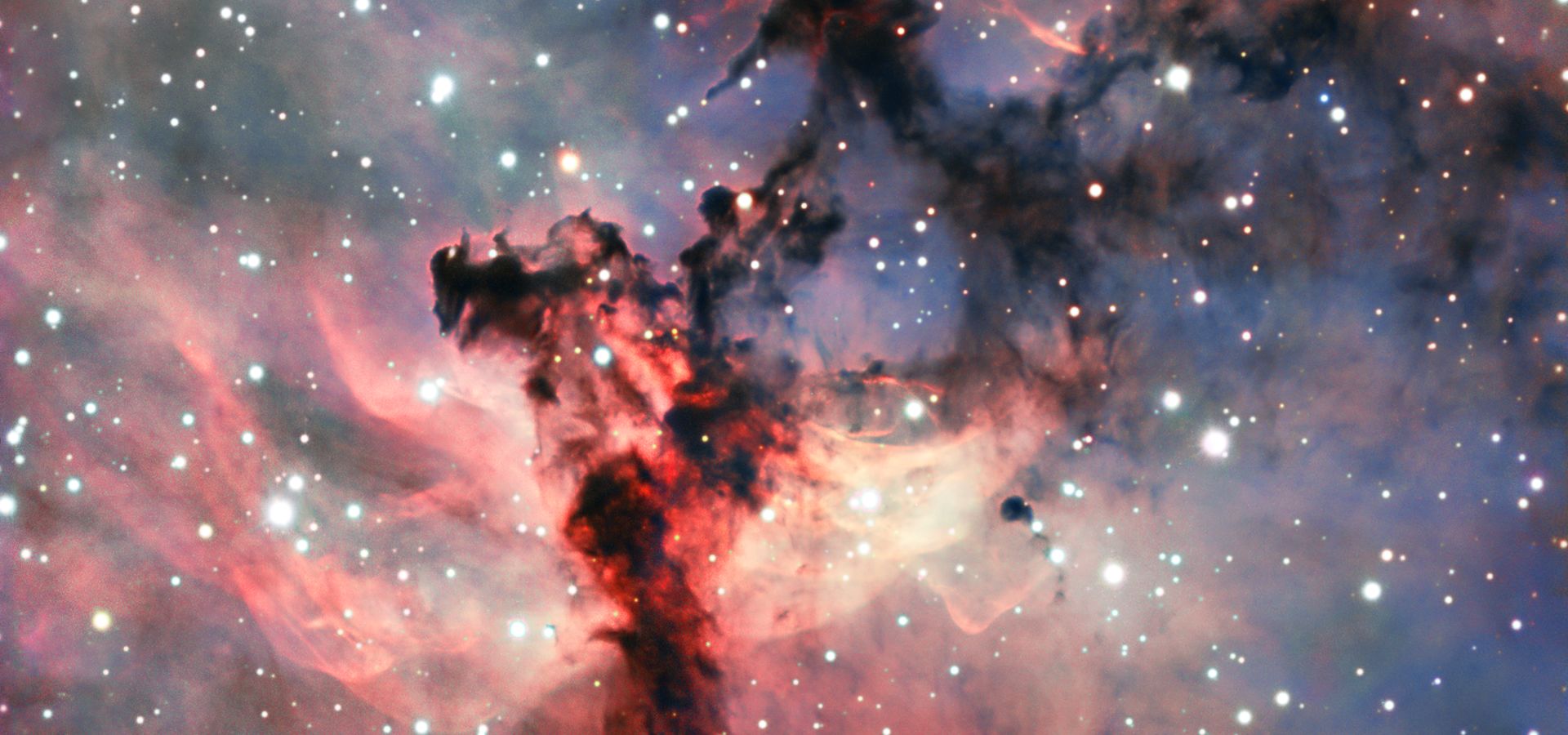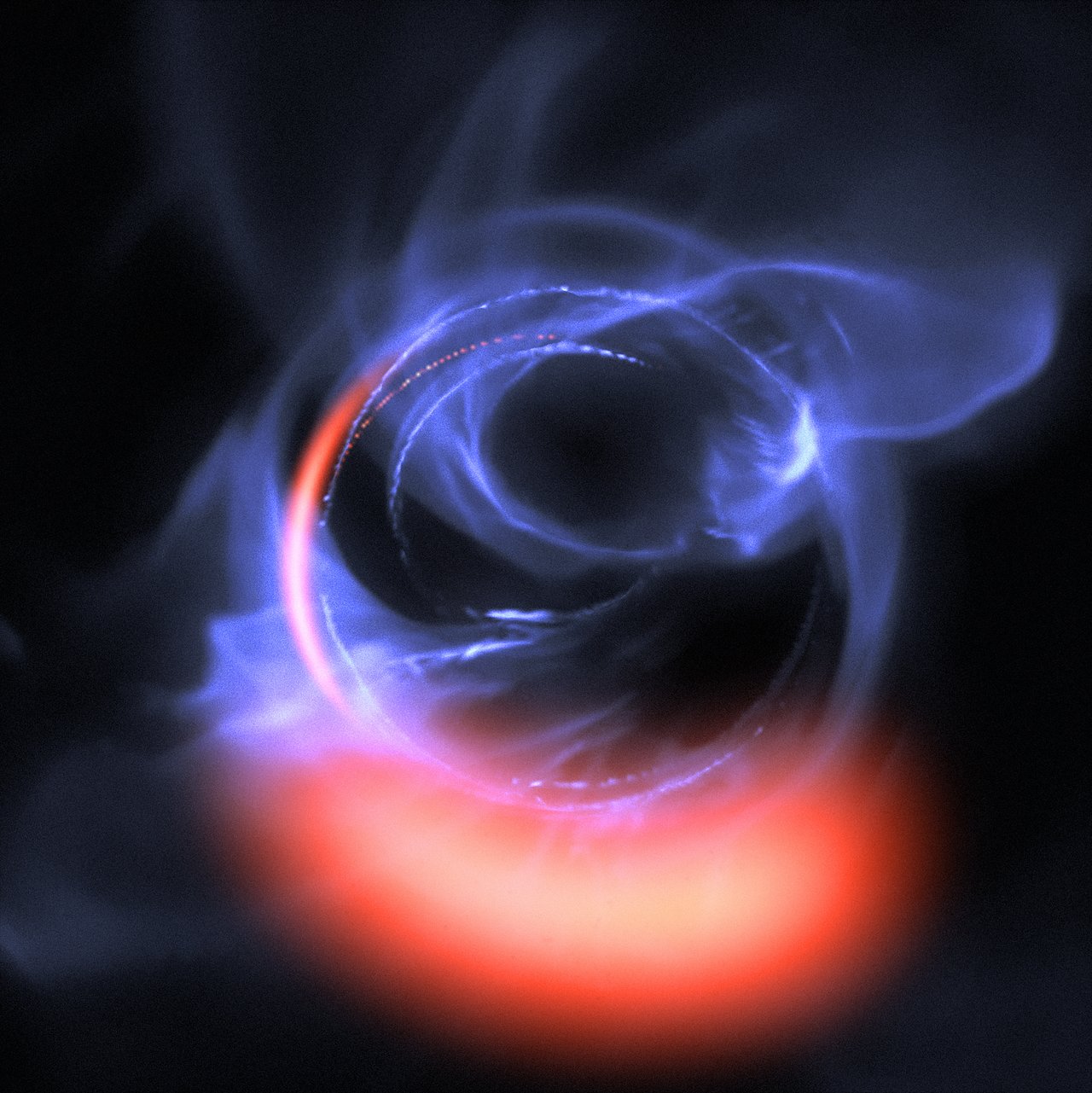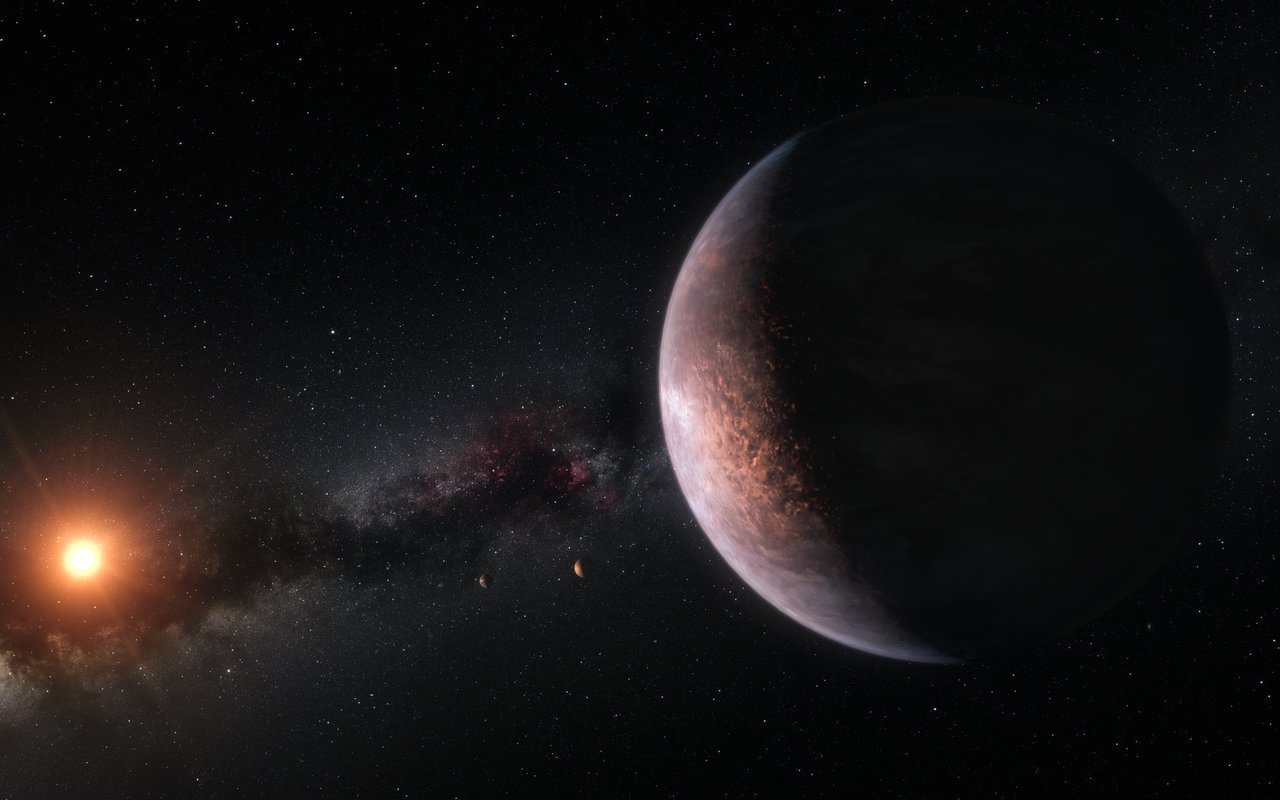
2018 ESO Media Highlights
ESO’s discoveries and images in 2018 science roundups from across the world
- Find out about the year-end press coverage of ESO’s 2018 discoveries and images
- See which ESO images and discoveries were selected as the best of 2018
In Futura Sciences’ “Astronomy: Ten news items that marked 2018”, first place goes to the confirmation by ESO’s incredibly sensitive GRAVITY instrument that a supermassive black hole exists at the heart of the Milky Way. The discovery of a “super-Earth” planet orbiting Barnard’s Star using data from ESO’s HARPS instrument comes in fourth place.
Austrian technology news site, Futurezone, also highlighted ESO’s exciting GRAVITY observations of the immediate neighbourhood of our galaxy’s central black hole in their round-up of the best science stories of 2018. But this was for a slightly different piece of research that observed clumps of gas zooming around the black hole’s event horizon.
In their review of the most stunning space pictures of 2018, National Geographic shared ESO Photo Ambassador Gerd Hūdepohl's beautiful photo of the Very Large Telescope’s four laser guide stars, as well as our image of NGC 2467, the star-bearing Skull and Crossbones Nebula:


Space.com ended the year with a list of the most fascinating exoplanets found in 2018. The super-Earth discovered around Barnard’s Star made it to the top spot, with second place graced by the discovery of a newborn planet orbiting a dwarf star by ESO’s planet-hunter SPHERE. Coming in at number four is the detection by HARPS of a Mercury-like planet the size of the Earth, with a metal core that makes up two-thirds of its mass.
The above image of the baby planet discovered by SPHERE was also listed by the Mexican Uno TV as one of the 15 best space pictures of 2018.
Two ESO images were featured by the Belgian news site Het Laatste Nieuws as “The five most beautiful space photos of 2018”: the incandescent Skull and Crossbones nebula (NGC 2467) and the bountiful RCW 38 star-forming region.

Wikipedia’s list of 278 significant science events in 2018 highlighted three results with ESO involvement:
-
2 July: First confirmed image of a newborn planet, exoplanet PDS 70b, several times larger than Jupiter
-
24 September: Astronomers describe several possible star systems from which 'Oumuamua, an interstellar object passing through the Solar System, may have begun its journey
-
4 November: Astronomers report the discovery of GJ 699 b, a super-Earth orbiting near the snow line of Barnard's Star, just six light-years from Earth.
The national Danish Broadcasting Corporation lists ESO’s discovery of liquid water on TRAPPIST-1 planets as one of the ten most important scientific discoveries of 2018. At just 40 light-years away, the ultra-cold dwarf star TRAPPIST-1 hosts seven planets, each with their own unique properties.
The discoveries made using ESO’s cutting-edge telescopes and instruments are only possible with the hard work of the scientists, engineers and other ESO staff. ESO hopes to bring you even more exciting news and beautiful images in 2019 and the years to come!
Numbers in this article
| 5 | Maximum percentage of the mass of each TRAPPIST-1 planet that comes in the form of water |
| 6 | Distance to Barnard’s Star in light-years |
| 40 | Distance to the TRAPPIST-1 system in light-years |
| 250 | Number of times more water a TRAPPIST-1 planet could host compared to the Earth’s oceans |
Biography Ivana Kurečić
A quantum information scientist by training, Ivana Kurečić joined ESO's education and Public Outreach Department as a science journalism intern during her doctoral studies at the Max Planck Institute of Quantum Optics. In her reporting of scientific discoveries and technical achievements, she simplifies complex topics, crafts compelling stories and focuses on the intriguing details. She holds an MSc in Physics and a high school degree in music theory.






